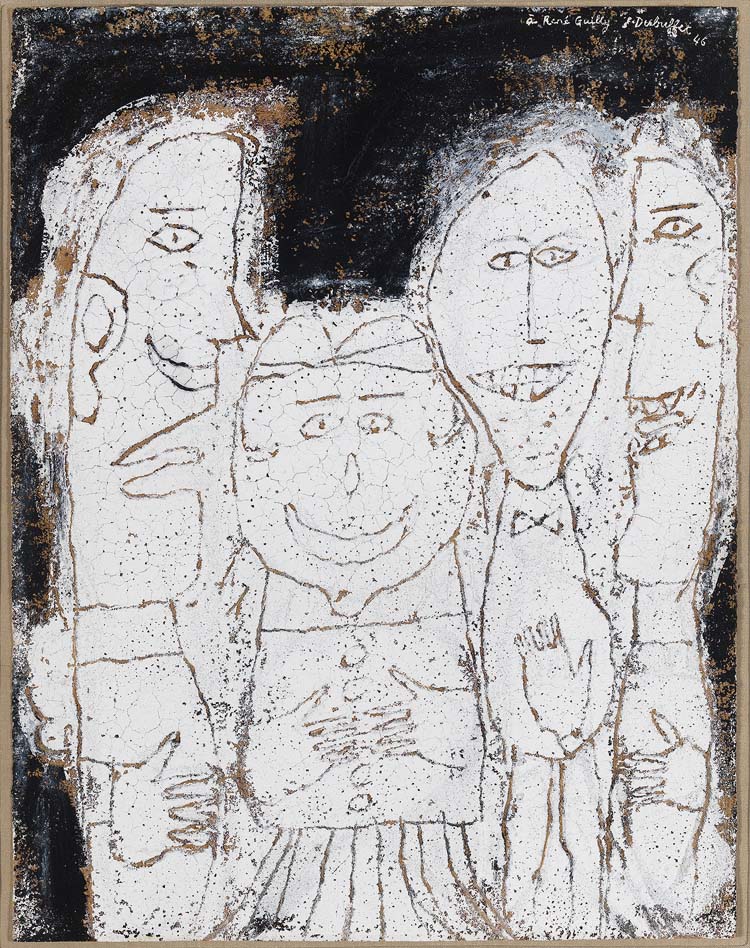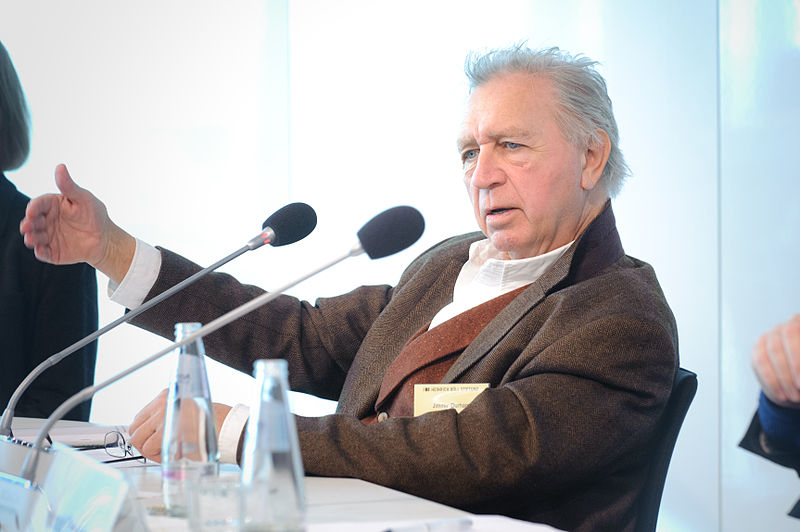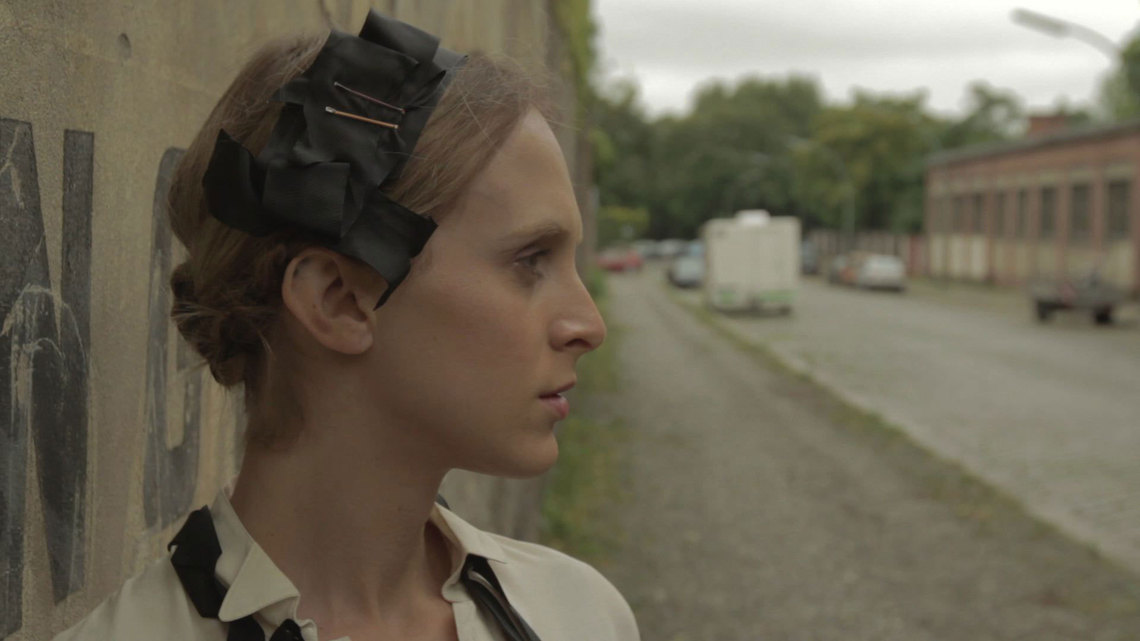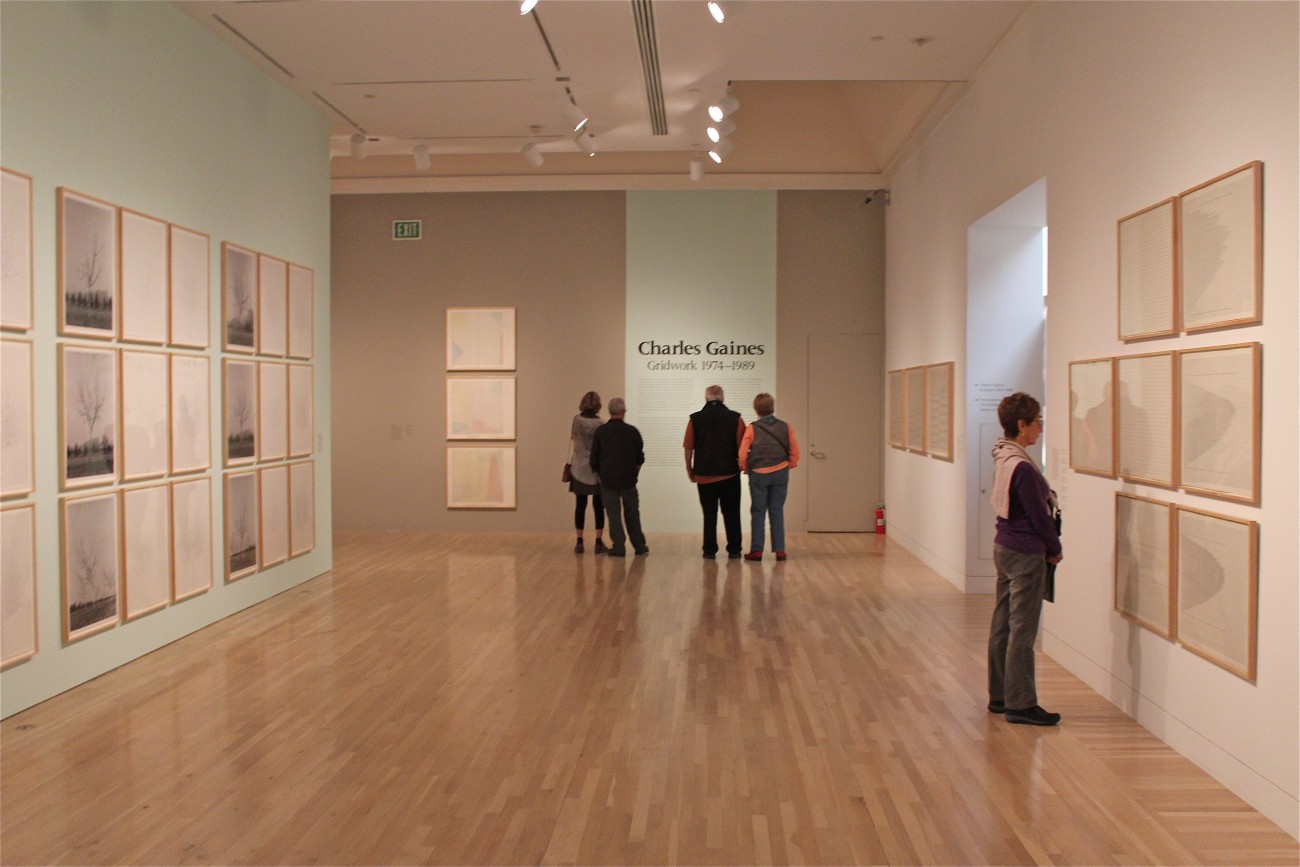Sterling Ruby will walk and talk visitors through a selection of drawings by Jean Dubuffet at the Hammer Museum.
“The career of Dubuffet had some disappointing phases, but when he was on, he was a genius, and he was almost always on in his drawings.” — Roberta Smith*
ARTIST WALK-THROUGH—STERLING RUBY ON JEAN DUBUFFET
Tuesday, April 4 at 6 pm.
Through April 30.
Hammer Museum, 10899 Wilshire Boulevard,Westwood, Los Angeles.
DUBUFFET DRAWINGS, 1935-1962 was organized by Isabelle Dervaux. The Hammer’s presentation is curated by Connie Butler, chief curator, with Emily Gonzalez-Jarrett, curatorial associate.
*Roberta Smith, New York Times, November 25, 2016.
Below: Jean Dubuffet, Quatre personnages (Four Figures), 1946. Gouache, with incising, on coarse sandpaper.
Richard and Mary L. Gray and the Gray Collection Trust. Photograph by Tom Van Eynde.
© 2016 Artists Rights Society (ARS), New York /ADAGP, Paris.



















